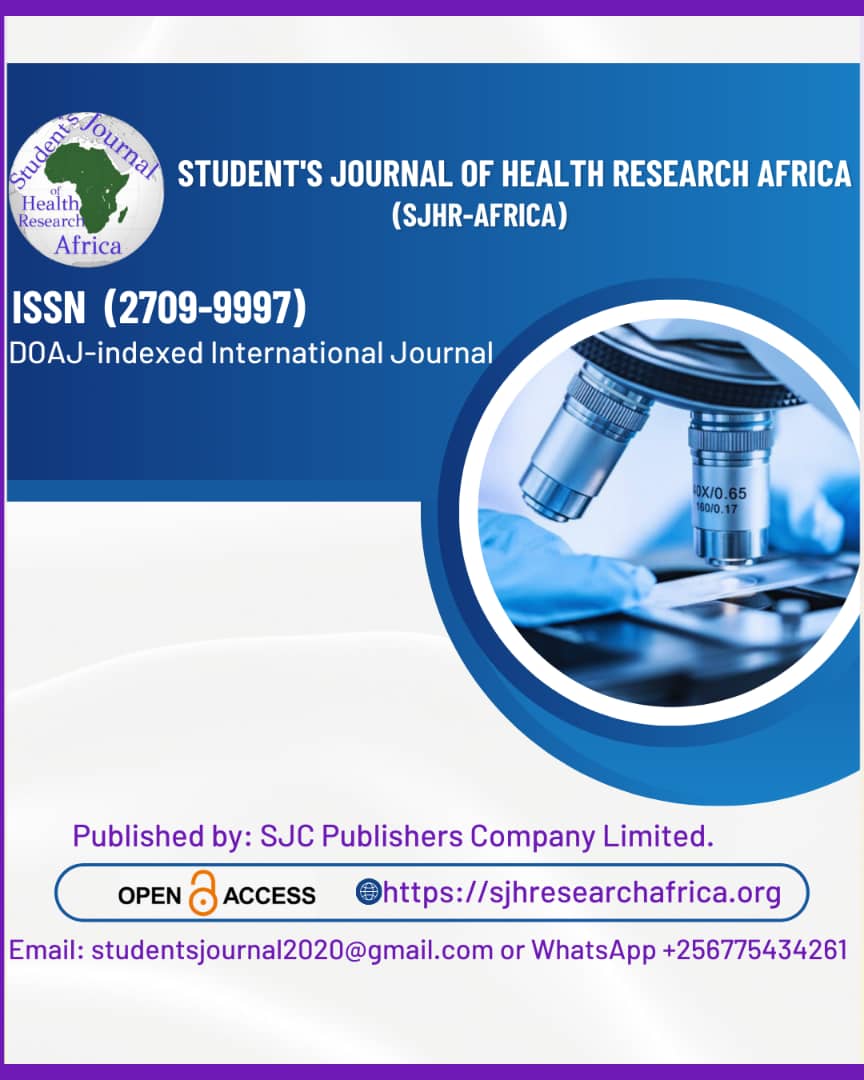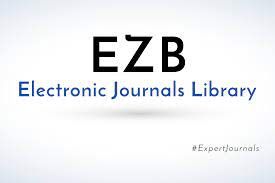Vitamin B12 deficiency presenting with syringomyelia. Case report.
DOI:
https://doi.org/10.51168/sjhrafrica.v6i9.2068Keywords:
vitamin b12 deficiency, syringomyelia, reversibleAbstract
Background:
Syringomyelia is characterized by the formation of a cyst or cavity (syrinx) within the spinal cord. It is typically associated with Chiari malformation, trauma, or other spinal cord abnormalities. Vitamin B12 deficiency can lead to various neurological and haematological manifestations, including myelopathy, neuropathy, cognitive impairment, and macrocytic anemia. This case highlights a rare or underreported association between vitamin B12 deficiency and syringomyelia.
Case presentation:
A 22-year-old young male, a vegetarian, presented with progressive gait disturbances for the last 4 months. He also had a history of imbalance on standing with closed eyes, with increased gait difficulty in the dark. There was also a history of numbness and paraesthesia of both upper and lower limbs. The neurological examination showed spasticity of both lower limbs, hyperreflexia, and gait ataxia with normal bulk and power, and increased deep tendon reflexes and absent bilateral ankle jerks. The plantar were flexors on both sides. Romberg’s test was positive. Blood investigation revealed pancytopenia (haemoglobin-4.6, total leucocyte count- 3900, Platelet count-62,000) with raised MCV- 118 fL. Serum vitamin B12 was found to be low (78 pg/ml) with elevated homocysteine levels (27 umol/l). MRI revealed prominence of the central canal in the cervical spinal cord at the C2-C3 vertebral level. The nerve conduction study showed inexcitable bilateral sural nerves. He was treated with intramuscular vitamin B12 injections. He was given 1000 μg of methylcobalamin initially daily for a week and then weekly for a month, and once-monthly injections for 6 months. After 9 months, he significantly recovered to his near-normal physical capacity with a normal gait. There was also almost complete regression of the syrinx cavity.
Conclusion:
Syrinx formation secondary to B12 deficiency is rarely reported in the literature. This case highlights the importance of treating the underlying vitamin B12 deficiency before planning for any interventional procedure.
References
Green R, Allen LH, Bjørke-Monsen AL, et al. Vitamin B12 deficiency [published correction appears in Nat Rev Dis Primers. 2017 Jul 20; 3:17054]. Nat Rev Dis Primers. 2017; 3:17040. Published 2017 Jun 29. https://doi.org/10.1038/nrdp.2017.54
Menezes AH. Chiari I malformations and hydromyelia: complications. Pediatr Neurosurg 1991;17:146 54. https://doi.org/10.1159/000120586
Pennypacker LC, Allen RH, Kelly JP, et al. High prevalence of cobalamin deficiency in elderly outpatients. J Am Geriatr Soc 1992;40: 1197-204. https://doi.org/10.1111/j.1532-5415.1992.tb03641.x
Güler K, Turhanoğlu AD. Does B12 deficiency lead to syringomyelia? Turk J Phys Med Rehabil. 2020;66(3):370-371. Published 2020 Aug 18. doi:10.5606/tftrd.2020.5040. https://doi.org/10.5606/tftrd.2020.5040
Reynolds MG, Lammoglia FJ. Spinal cord syrinx in a patient with subacute combined degeneration secondary to vitamin B12 deficiency: case report. Kans Med. 1988;89(6):170-172.
Verma R, Praharaj HN. Unusual association of Arnold-Chiari malformation and vitamin B12 deficiency. BMJ Case Reports 2012;10.1136/bcr-03-2012-6138. https://doi.org/10.1136/bcr-03-2012-6138
Puri V, Chaudhry N, Gulati P. Syringomyelia-like manifestation of subacute combined degeneration. J Clin Neurosci. 2004;11(6):672-675. https://doi.org/10.1016/j.jocn.2003.11.005
Zhang, Z., et al. (2022). Neurodegenerative Diseases and Vitamin B12 Deficiency: Pathophysiological Insights. Neurological Science, 25(3), 57-68.
Hemmer B, Glocker FX, Schumacher M, Deuschl G, Lücking CH. Subacute combined degeneration: clinical, electrophysiological, and magnetic resonance imaging findings. J Neurol Neurosurg Psychiatry 1998;65:822-7. https://doi.org/10.1136/jnnp.65.6.822
Downloads
Published
How to Cite
Issue
Section
License
Copyright (c) 2025 Dr. Sanaullah Mudassir , Dr. Ankit Panjwani

This work is licensed under a Creative Commons Attribution-NonCommercial-NoDerivatives 4.0 International License.





















